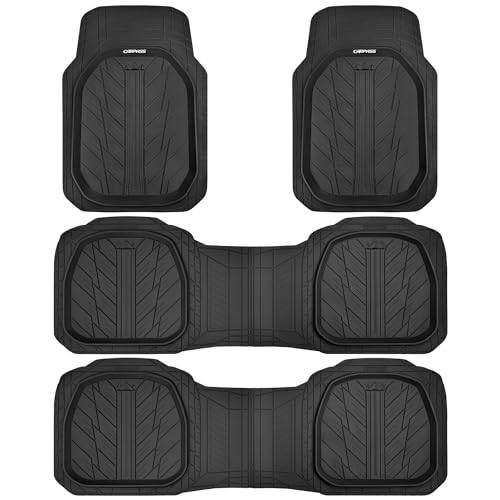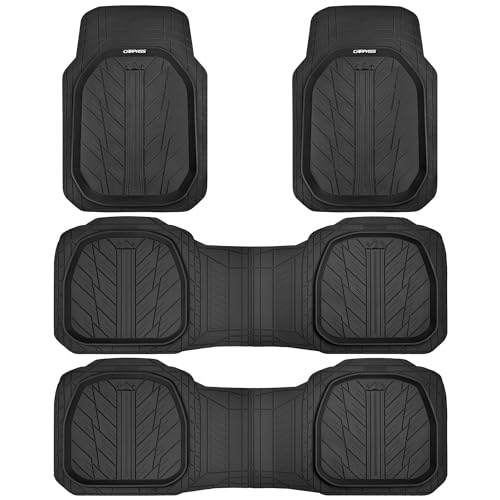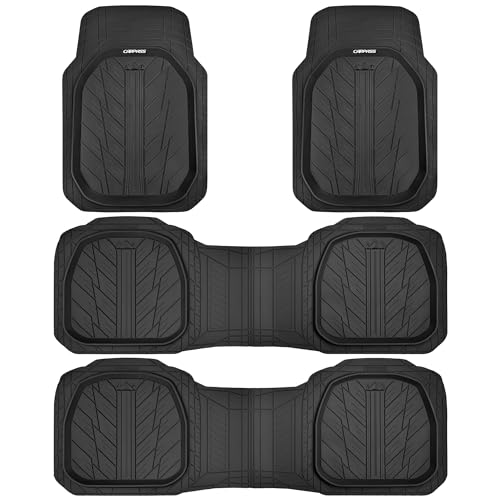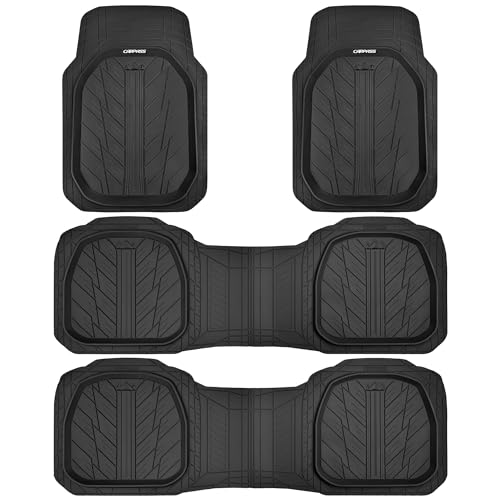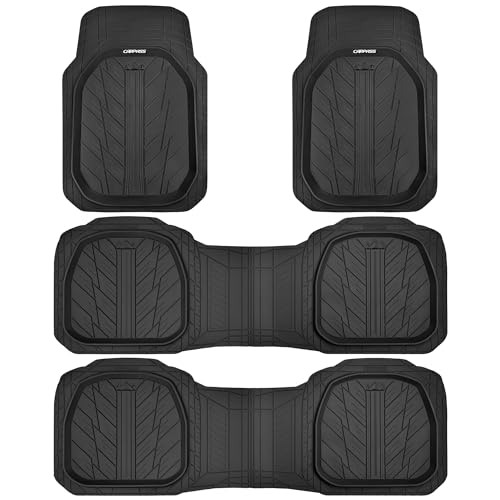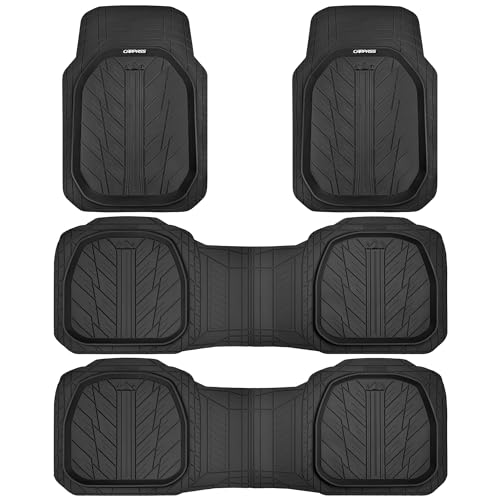Ever found yourself needing to change a tire on your Mahindra Thar, or perhaps needing to perform some undercarriage maintenance? Knowing how to lift Mahindra Thar safely is crucial for any owner. This guide will provide you with step-by-step instructions, safety tips, and essential considerations to ensure you lift your vehicle correctly and avoid potential damage or injury. You’ll learn about different jacking points, appropriate lifting techniques, and essential safety precautions. Let’s get started!
Choosing the Right Jacking Points for Your Mahindra Thar
Selecting the appropriate jacking points is paramount when lifting your Mahindra Thar. Incorrect placement can lead to damage to the vehicle’s chassis or underbody components. This section details the recommended jacking points and why choosing them correctly is crucial for a safe lift.
Front Jacking Points
- Frame Rails: The most robust points for lifting the front of your Thar. Located along the vehicle’s sides, these are designed to withstand significant weight. Use a sturdy jack stand placed directly beneath the rail for maximum support. Improper placement could result in bending or damage to the frame.
- Jacking Points Near Front Suspension: Mahindra typically designates specific points near the front suspension for jacking. Consult your owner’s manual to identify the exact locations. These designated points are reinforced and designed for safe lifting, minimizing the risk of damage.
Rear Jacking Points
- Differential: A common and sturdy rear jacking point. The differential is a robust component designed to handle significant weight, making it suitable for lifting. However, ensure the jack is securely placed and centered to avoid damage.
- Rear Axle: Similar to the differential, the rear axle can be used, but careful placement is essential. Ensure you’re not lifting on any ancillary components. Refer to your owner’s manual for exact locations.
Using incorrect jacking points can lead to chassis damage, potentially costing hundreds or thousands in repairs. Always prioritize designated points.
Essential Equipment for Safely Lifting Your Mahindra Thar
Having the right tools is crucial for a safe and efficient lift. This section outlines essential equipment, emphasizing their importance and proper usage.
Types of Jacks
- Floor Jack: Ideal for lifting the entire vehicle. Choose a jack with sufficient lifting capacity (check your vehicle’s weight) and a sturdy construction. A hydraulic floor jack is generally preferred for its ease of use.
- Bottle Jack: Useful for lifting individual wheels or specific components. They are compact but require more precision in placement.
- Scissor Jack: Often included as a spare with the vehicle. While convenient, they are usually only suitable for minor tasks and changing tires. They offer less stability compared to floor jacks.
Jack Stands
Never work under a vehicle supported only by a jack. Always use jack stands. Jack stands provide crucial additional support, preventing the vehicle from falling if the jack fails. Select jack stands with a weight capacity exceeding your vehicle’s weight.
Wheel Chocks
Wheel chocks are inexpensive safety devices that help prevent the vehicle from rolling while it’s lifted. Place them against the wheels that remain on the ground to further enhance stability. Never skip this essential step.
Step-by-Step Guide on How to Lift Mahindra Thar
This section provides a detailed, step-by-step procedure for safely lifting your Mahindra Thar using the techniques and equipment described earlier. Following these steps minimizes risk and ensures a smooth process.
Preparation
- Engage Parking Brake: Always ensure the parking brake is firmly engaged before attempting to lift your vehicle.
- Choose Jacking Point: Select an appropriate and stable jacking point, consulting your owner’s manual if needed.
- Place Wheel Chocks: Position wheel chocks securely against the wheels that remain on the ground.
Lifting the Vehicle
- Position the Jack: Carefully position the jack under the chosen jacking point. Ensure it’s stable and centered.
- Slowly Lift the Vehicle: Gradually raise the vehicle using the jack. Avoid sudden movements.
- Place Jack Stands: Once the vehicle is slightly raised, carefully position the jack stands under the designated points. These should firmly support the weight of the vehicle.
- Lower the Jack: Carefully lower the jack, ensuring the weight is fully supported by the jack stands.
Lowering the Vehicle
- Raise the Jack: Carefully raise the jack slightly to remove the weight from the jack stands.
- Slowly Lower: Gradually lower the vehicle using the jack.
- Remove Jack Stands: Once the vehicle is on the ground, remove the jack stands.
Always prioritize safety. Never work under a vehicle without proper support. Take your time and follow each step carefully.
Troubleshooting Common Problems When Lifting a Mahindra Thar
This section addresses common issues encountered during the lifting process, providing solutions and preventative measures.
Jack Slips
If your jack slips, immediately lower the vehicle and re-position the jack on a more stable surface. Inspect the jacking point for any obstructions or damage. Ensure the jack is properly placed and stable.
Difficulty Lifting
If the vehicle is difficult to lift, ensure the jack is correctly placed and the parking brake is engaged. Consider using a more powerful jack if necessary.
Jack Stands Fail
Investing in high-quality jack stands is vital to avoid such risks. Regular inspection and replacement of damaged parts are crucial for safe lifting. Only use jack stands with a capacity exceeding your vehicle’s weight.
FAQ
What are the consequences of using the wrong jacking points?
Using incorrect jacking points can damage the vehicle’s frame, suspension components, or underbody, leading to costly repairs. It can also compromise stability and increase the risk of accidents.
How often should I inspect my jack and jack stands?
Regularly inspect your jack and jack stands for damage, wear, and tear. Before each use, perform a quick visual check. Replace any worn or damaged components immediately.
What is the best type of jack for a Mahindra Thar?
A hydraulic floor jack is generally recommended for its stability and lifting capacity. However, a bottle jack might be suitable for specific tasks.
Can I use a scissor jack to lift the entire Thar?
No, scissor jacks are typically only suitable for minor tasks like changing a tire. They lack the capacity and stability needed for lifting the entire vehicle.
What should I do if my jack slips while lifting the Thar?
If your jack slips, immediately and slowly lower the vehicle. Re-position the jack on a stable surface and check the jacking point for any issues.
Is it safe to work under a lifted Mahindra Thar without jack stands?
Absolutely not. Never work under a vehicle supported only by a jack. Jack stands provide essential safety and prevent potential accidents.
What is the ideal weight capacity for jack stands used with a Mahindra Thar?
The weight capacity of your jack stands should significantly exceed the weight of your Mahindra Thar. Check your owner’s manual for the vehicle’s weight.
Final Thoughts
Knowing how to lift Mahindra Thar safely is a valuable skill for every owner. This guide emphasizes the importance of selecting the correct jacking points, using appropriate equipment, and following proper safety procedures. By taking the time to understand these steps and prioritize safety, you can confidently perform necessary maintenance and repairs on your vehicle without risk of damage or injury. Remember always to consult your owner’s manual for specific recommendations for your Mahindra Thar model.

